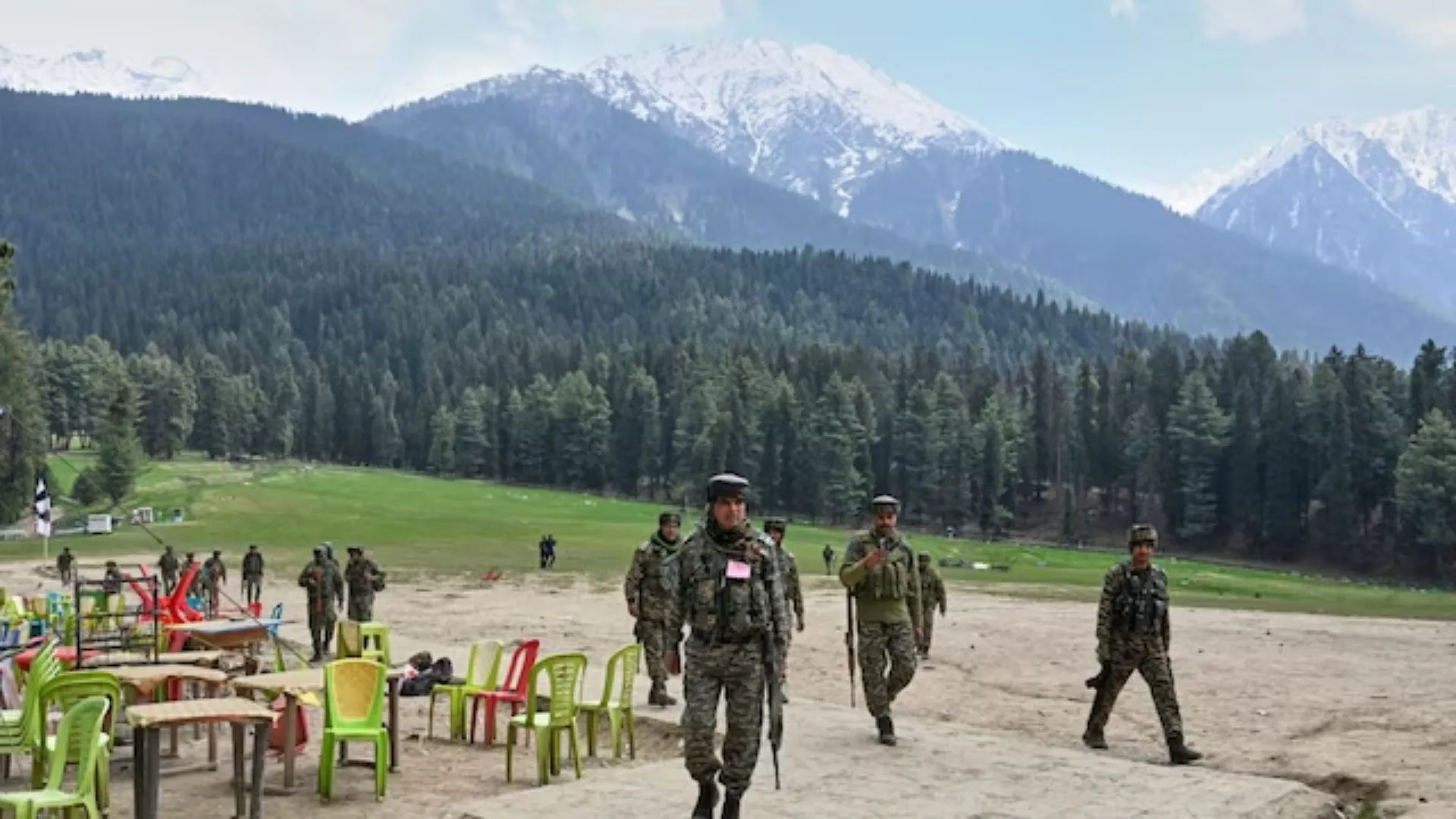Delhi’s air quality has worsened significantly, with the average Air Quality Index (AQI) exceeding 310 on Tuesday, categorizing it as “very poor.” The Central Pollution Control Board (CPCB) has reported alarming figures, with certain areas, including the Akshardham Temple, experiencing an AQI of 385. This unhealthy level of air quality poses serious health risks for residents and visitors alike.
A dense layer of smog has settled over key locations in Delhi, particularly affecting the Akshardham Temple and surrounding areas. The pollution has also permeated other regions, such as Kartavya Path, where the AQI has reached 328, confirming the severity of the situation.
According to the CPCB, air quality is classified into six levels: from ‘Good’ (0-50) to ‘Satisfactory’ (51-100), ‘Moderate’ (101-200), ‘Poor’ (201-300), ‘Very Poor’ (301-400), and ‘Severe’ (401-500). At ‘Very Poor’ levels, individuals may experience significant breathing discomfort, elevating the risk of respiratory diseases.
Government Response: Graded Response Action Plan
In response to the escalating air quality crisis, the Delhi government has activated the second stage of the Graded Response Action Plan (GRAP). This initiative includes a ban on the use of coal and firewood, which extends to tandoors at hotels, restaurants, and open eateries. Diesel generators are also restricted, permitted only for emergency and essential services. The GRAP is structured in four stages based on air quality severity: Stage I (Poor) for AQI 201-300, Stage II (Very Poor) for AQI 301-400, Stage III (Severe) for AQI 401-450, and Stage IV (Severe Plus) for AQI over 450.
Factors Contributing To Pollution
Multiple factors contribute to Delhi’s persistent pollution crisis, including vehicle emissions, stubble burning, and dust. Transportation emissions alone account for approximately 10.9% of the city’s air pollution, according to the Centre’s Decision Support System for Air Quality Management. Recent satellite data has highlighted the ongoing agricultural issue, revealing 65 farm fires in Punjab, two in Haryana, and 25 in Uttar Pradesh, all of which exacerbate the pollution levels in the capital.
What Are The Challenges Ahead?
The winter months typically witness an increase in pollution due to low wind speeds, dropping temperatures, and high humidity levels that promote the accumulation of particulate matter in the air. Current humidity levels in Delhi fluctuate between 60% and 86%. The weather department forecasts a clear sky for Tuesday, with expected maximum and minimum temperatures around 35°C and 20°C, respectively.
However, the persistence of pollution is a critical concern for the health and well-being of Delhi’s residents as they navigate these challenging environmental conditions. The government and health authorities continue to monitor the situation closely while urging the public to take necessary precautions against the adverse effects of poor air quality.
MUST READ | Delhi Government Launches ‘Red Light On-Gaadi Off’ Campaign To Combat Rising Air Pollution























